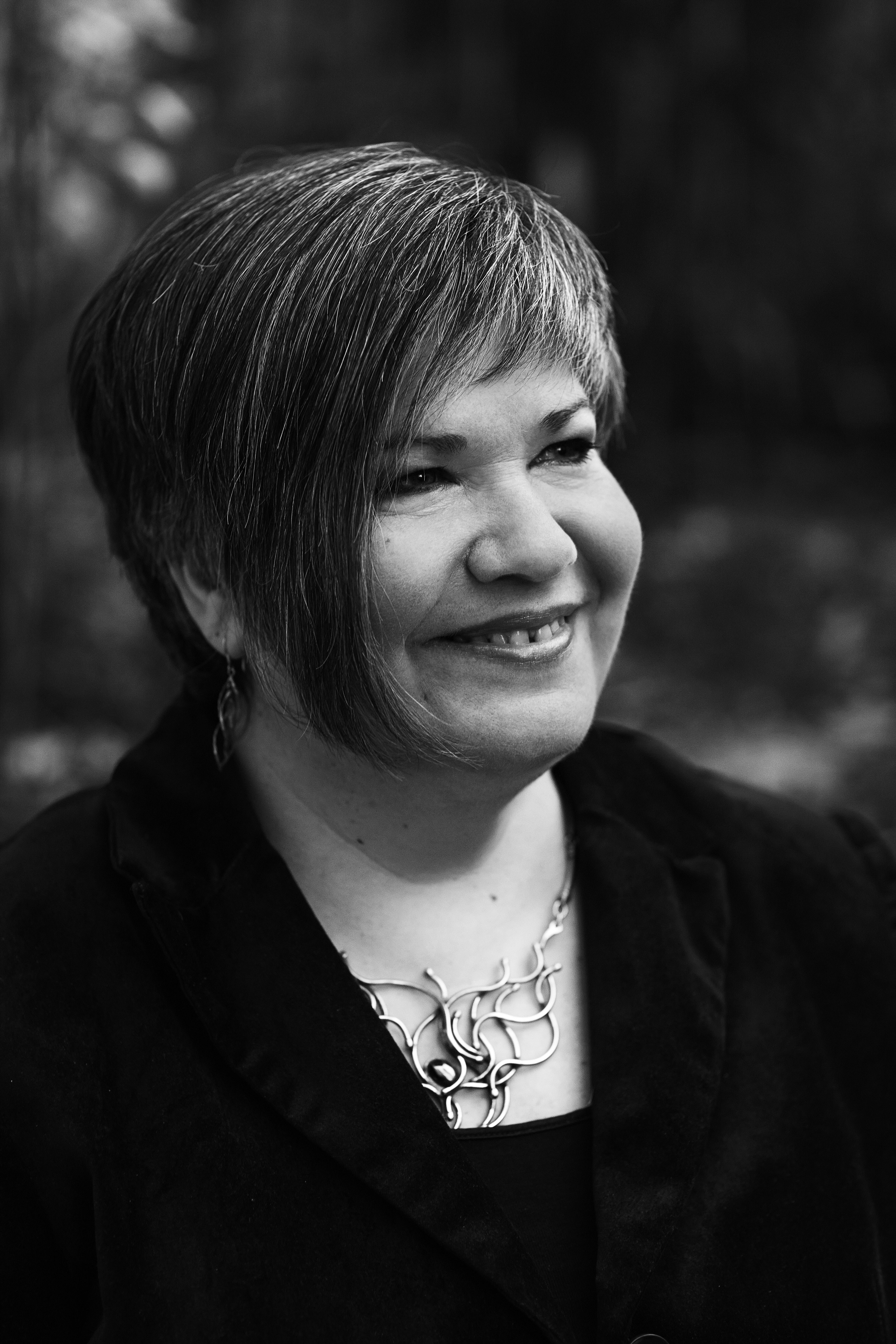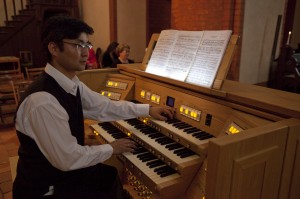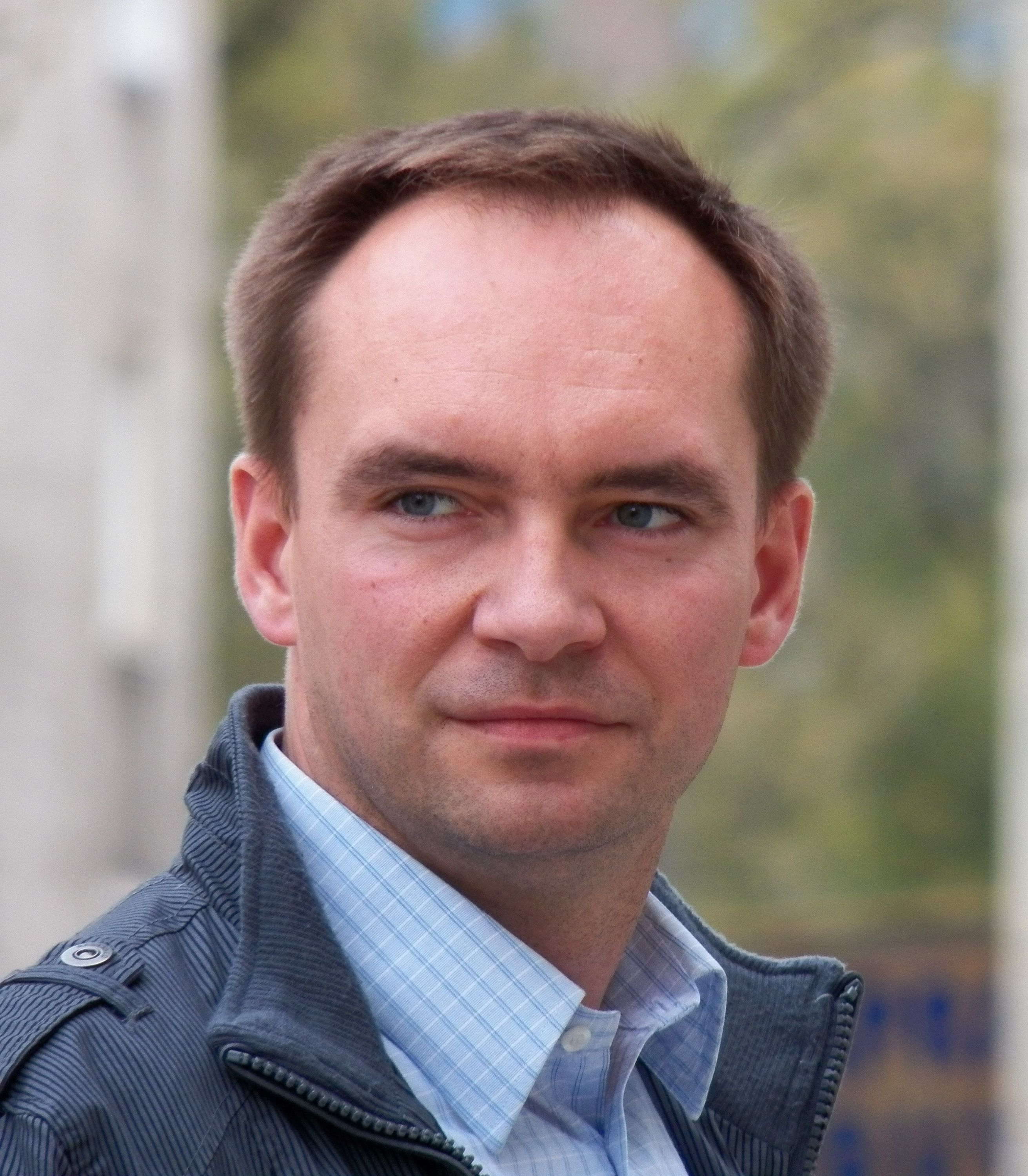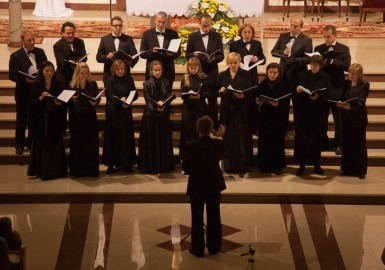“Ode to David Eisenstadt” – Commemorating and reviving Synagogue Music from the Warsaw Ghetto
 A few years ago, I was given a copy of a cantorial piece by David Eisenstadt. I was told it was the “new challenge” amongst all popular cantors. I tried it with its many virtuoso melismas, and it then stayed on my music stand until I had a chance to incorporate it in a new concert program. It was only
A few years ago, I was given a copy of a cantorial piece by David Eisenstadt. I was told it was the “new challenge” amongst all popular cantors. I tried it with its many virtuoso melismas, and it then stayed on my music stand until I had a chance to incorporate it in a new concert program. It was only  then, having inquired about Eisenstadt’s unusual life and the tragic story of his music, that I realized this was much more than just a cantorial favorite. It was surviving music.
then, having inquired about Eisenstadt’s unusual life and the tragic story of his music, that I realized this was much more than just a cantorial favorite. It was surviving music. This set the spark in me, and the wish to revive this music and make it an integral part of our current musical environment became a way of life. The path of life led me to Warsaw, to train lay cantors for the new Jewish congregations in Poland. When I was asked to sing a concert in honor of their certification, there was nothing more obvious yet inspiring than commemorating the music of David Eisenstadt. In this CD, I chose to surround his music with that of his contemporaries, all successful and celebrated in pre-war Europe, unveiling the new musical languages they had developed in their new homelands after fleeing the Shoa.
This set the spark in me, and the wish to revive this music and make it an integral part of our current musical environment became a way of life. The path of life led me to Warsaw, to train lay cantors for the new Jewish congregations in Poland. When I was asked to sing a concert in honor of their certification, there was nothing more obvious yet inspiring than commemorating the music of David Eisenstadt. In this CD, I chose to surround his music with that of his contemporaries, all successful and celebrated in pre-war Europe, unveiling the new musical languages they had developed in their new homelands after fleeing the Shoa.
It was a true gift having The Warsaw Singers ,1Z0-063,http://www.warsawsingers.kei.pl/?lang=en, with their conductor Sebastian Gunerka and my long-standing musical partner, Mirlan Kasymaliev, http://www.kasymaliev.de/, join me on this winding path, bringing in their own talent, dedication and innovative interpretations.
Also, virtually meeting Akiva Kenny Segan, https://www.facebook.com/pages/Under-the-Wings-of-G-d-and-Sight-seeing-with-Dignity-Art-series/324570681045, who so generously allowed me to use his fantastic artwork of the Tlomacki Synagogue, where David eisenstadt was most active. My very special thanks to Prof. Eliyahu Schleifer, a world renowned specialist in this field, for following the production closely, for his advice, and above all for writing the booklet which takes every listener by the hand into the depths of the era. (See excerpt below.)Mimi Sheffer
http://www.mimisheffer.com/index-en.htm
On the Ode To David Eisenstadt
by Prof. Eliyahu Schleifer/ Excerpt from CD Booklet
David Eisenstadt (1890-1942)
This CD is dedicated to the memory of David Eisenstadt, masterful choir conductor and exemplary composer of synagogue music, one of the greatest Jewish musicians of Poland between the two World Wars who was murdered in the Shoah. Eisenstadt was born in the small Polish town of Nasielsk and brought up in a Hasidic family. As a boy he sang with his father, who served as Baal T’fillah, or lay cantor, in a local synagogue. Later he studied cantorial music, solfeggio and harmony in Nowy Dwor and Berlin and was soon recognized as a promising choral conductor. After various positions as choirmaster in Rostov on the Don and Riga, in 1921 Eisenstadt was appointed choirmaster of the Great Tlomacka Street Synagogue in Warsaw, the most important cantorial temple of the time. Here, where great virtuoso cantors such as Gershon Sirota and Moshe Kussevitzky sang, Eisenstadt found his fulfillment. He developed an outstanding choir of 80 boys and 20 men, over which he ruled as a demanding artist and which performed a varied repertoire selected from the great composers of Central and Eastern Europe. Jewish and non-Jewish musicians visited the synagogue to hear the choir and the cantor; among the admirers was the famous pianist and former Prime Minister of Poland, Ignacy Jan Paderewski (1860-1941). Eisenstadt also created a series of Jewish music concerts which were considered important artistic events in Warsaw.
Eisenstadt composed mostly for the synagogue. Very famous were his compositions for the Friday evening services, such as Sham’ah vatismach Tziyon and L’cha Dodi, which were widely sung in Europe and America. Some of his arrangements of Yiddish and Hebrew folk melodies became part of the classical repertoire of Jewish choirs. His dramatic works, now lost, included music for the play The Golem by H. Leivik and a cantata So the King Went to War on a ballad by the Polish poetess Maria Konopnicka (1842-1910). He also composed cantatas on Jewish sacred poems, such as B’nei Heichala by 16th-century Kabbalist Isaac Luria, and on the famous Passover song Chad Gadya. As educator, Eisenstadt was interested in furthering musical knowledge among the Jews and he began to publish a music encyclopedia in Yiddish, the first of its kind; however, he was forced to give up the project. During the Holocaust he founded a Jewish symphonic orchestra in the Warsaw Ghetto. There, the primary star was his daughter Miriam (Marysia) Eisenstadt, the Ghetto Nightingale. She was known for her beautiful performance of arias, Yiddish songs and even cantorial recitatives, such as Yossele Rosenblatt’s virtuoso pieces. During one of the Nazi “actions” to liquidate the Ghetto, Eisenstadt and his wife were taken in a cattle wagon to the death camp of Treblinka, where they were murdered. Miriam, who tried to force her way into the wagon in order to join her parents, was shot dead before their eyes.
Only a handful of Eisenstadt’s compositions were published during his lifetime, and most of his manuscripts perished with the destruction of the Warsaw Ghetto. A few compositions that circulated among cantors were published by Cantor Israel Alter in L’Dovid Mizmor: Music for the Synagogue by David Aizenstadt (Johannesburg, 1950?); other works were printed in different publications, and a few must still be hidden in some archives waiting to see the light of day.

